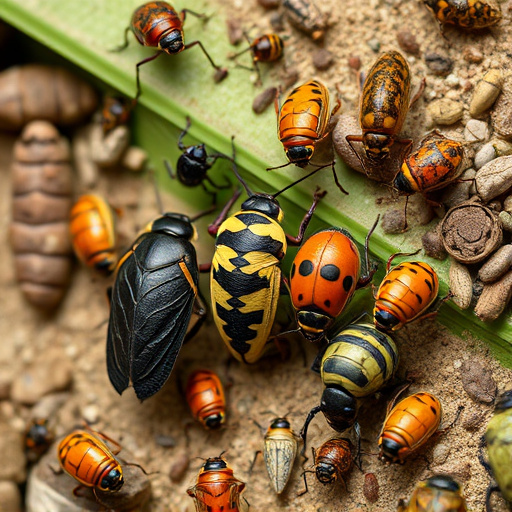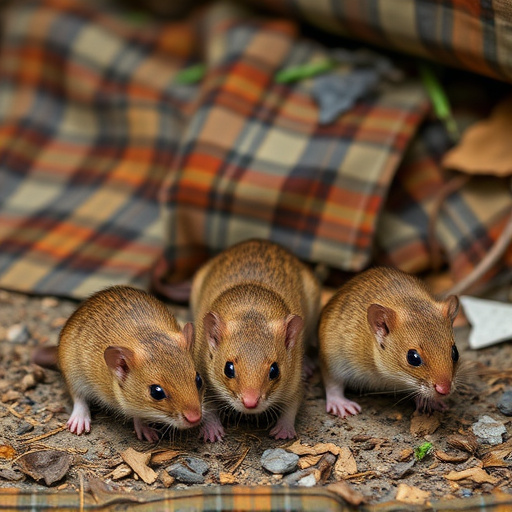Effective pest management relies on understanding pest behaviors, habitats, and responses to environmental changes. Professional Pest Control Services offer tailored strategies that combine scientific knowledge with targeted interventions for both commercial and residential settings. These services include detailed pest identification, advanced monitoring techniques like traps and surveillance technology, and the application of Integrated Pest Management (IPM) practices to ensure sustainable and eco-friendly solutions. By accurately identifying infestations early and employing a mix of cultural, biological, physical, and chemical controls, these services effectively manage pests while minimizing ecological impact and health risks. In educational institutions, Pest Control Services play a key role in preventing and controlling pest issues through partnerships that involve environmental assessments, sealing entry points, optimizing waste management, and regular surveillance to maintain safe and healthy environments conducive to learning. Through their expertise and proactive approach, these services protect properties, safeguard public health, and ensure the sustainability of pest control practices across diverse settings.
Effective pest management begins with a deep understanding of pest behavior, a critical aspect often overlooked. This article delves into the intricacies of pest habits and the vital role professional pest control services play in educating individuals on how to identify, monitor, and manage these unwanted inhabitants. By exploring common pests’ patterns and introducing strategies for detection, we pave the way for sustainable pest control practices, such as Integrated Pest Management (IPM). Through case studies highlighting successful interventions by pest control services within educational settings, readers will gain insights into practical applications of this knowledge. Understanding pests is not just about controlling them; it’s about adopting an informed, responsible approach to coexist with nature.
- Understanding Pest Behavior: A Primer for Effective Management
- The Role of Professional Pest Control Services in Education
- Identifying Common Pests and Their Behavioral Patterns
- Strategies for Monitoring and Detecting Pest Activity
- Integrated Pest Management (IPM): An Approach to Sustainable Pest Control
- Case Studies: Successful Interventions by Pest Control Services in Educational Settings
Understanding Pest Behavior: A Primer for Effective Management
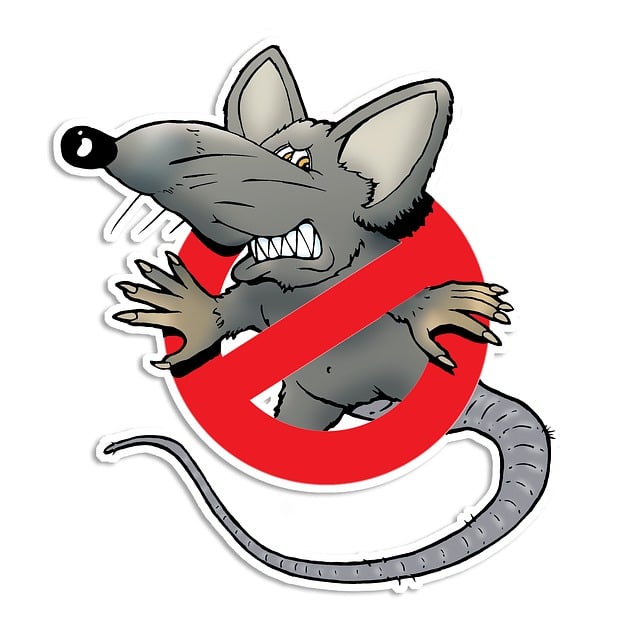
Pests pose significant challenges across various sectors, including agriculture, food processing, and residential settings. A profound comprehension of pest behavior is indispensable for effective management strategies. By studying how pests interact with their environment, their feeding habits, breeding patterns, and responses to environmental changes, pest control services can devise targeted interventions that minimize infestations without compromising ecosystem health. For instance, identifying the specific triggers that initiate pest activity allows for the implementation of preventative measures, reducing the need for reactive treatments. Similarly, understanding the pests’ vulnerabilities and preferences enables more precise application of controls, such as selective insecticides or bait stations. This nuanced approach not only optimizes the efficiency of pest control services but also contributes to sustainable practices that protect beneficial organisms and ensure long-term stability in various environments. As a result, engaging with the science behind pest behavior opens up avenues for more innovative and environmentally conscious pest management solutions.
The Role of Professional Pest Control Services in Education
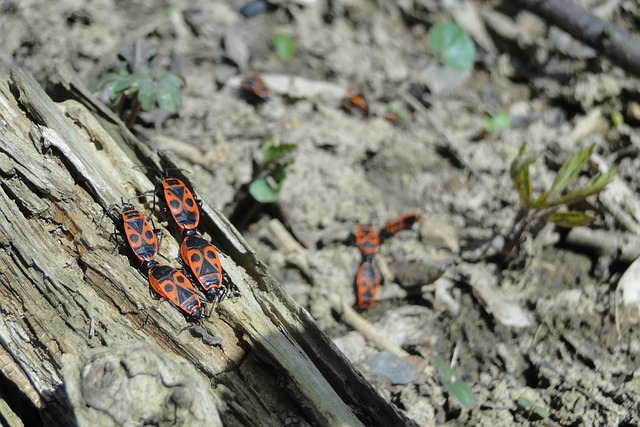
In combating pest infestations, educational institutions stand to benefit significantly from the expertise of professional pest control services. These services offer a comprehensive approach to understanding and managing pest behaviors by employing trained professionals who can accurately identify pests, assess the extent of an infestation, and implement targeted strategies for their eradication. By integrating into the educational framework, these specialists not only address immediate concerns but also provide valuable training and resources that empower educators and students to recognize early signs of pest activity and adopt preventative measures. This collaborative effort ensures a proactive stance against pests, minimizing the potential for infestations and their associated challenges, such as property damage or the spread of diseases.
Moreover, professional pest control services contribute to the ongoing education on pest behavior by offering detailed insights into the habits and habitats of various pests. They can deliver informative sessions that educate stakeholders on the ecological role of pests and the importance of coexistence. Through these educational initiatives, schools can foster a responsible approach to pest management that aligns with environmental stewardship and promotes sustainable practices. The involvement of such services is invaluable, providing institutions with the knowledge and tools necessary to maintain a safe and healthy learning environment, free from the disruptions caused by unwanted pests.
Identifying Common Pests and Their Behavioral Patterns
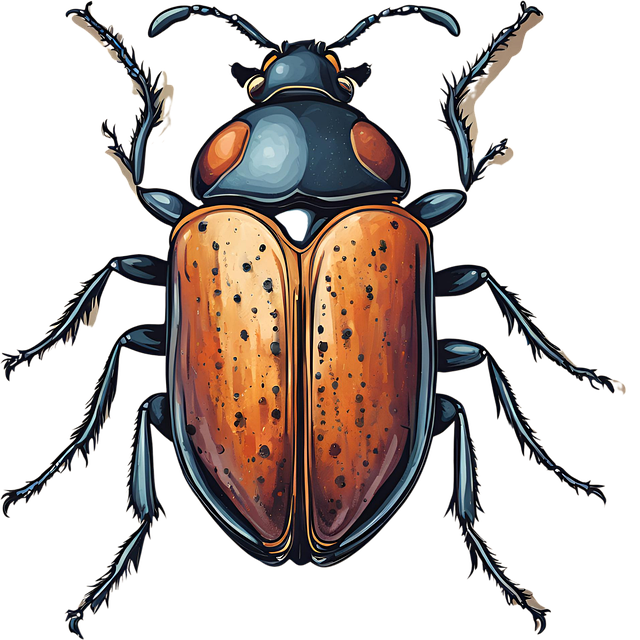
Understanding common pests and their behavioral patterns is a cornerstone in effective pest management. This knowledge empowers homeowners and professionals alike to identify infestations early, thereby minimizing damage and health risks associated with these unwanted intruders. By familiarizing oneself with the visual cues and signs of activity that various pests leave behind, one can discern whether an issue exists and what type of pest is at play. For instance, rodents may leave droppings or gnaw marks, while cockroaches might exhibit a musty odor or cast skins. Each pest has distinct behavioral patterns that can inform the most effective control strategies. Pest control services often highlight the importance of proper identification to tailor their interventions effectively. For example, understanding that German cockroaches prefer warm, humid environments and are nocturnal feeders can guide the placement of baits and monitoring devices to target their habits. Similarly, recognizing that mice tend to follow the same paths for their nightly foraging excursions, known as runways, can aid in the implementation of traps or bait stations along these well-trodden routes. Such nuanced understanding is critical for successful pest control and is a service that professional pest management companies excel at providing. By staying informed about the latest trends and best practices in pest behavior, these services can offer targeted solutions to a variety of pest challenges, ensuring the protection of properties and well-being of occupants.
Strategies for Monitoring and Detecting Pest Activity
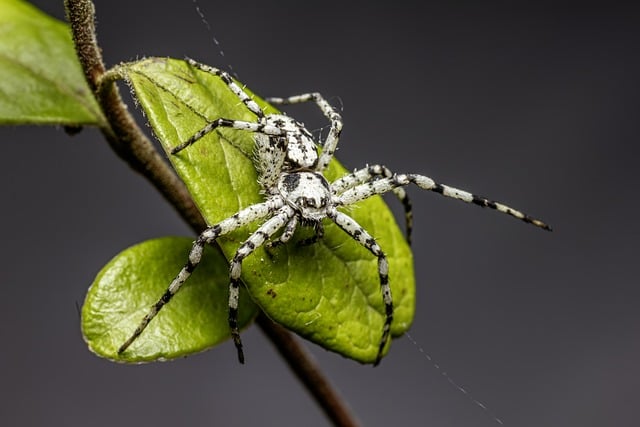
Effective pest control begins with the implementation of robust monitoring strategies to detect and identify pest activity early on. Professional pest control services employ a variety of techniques, including the deployment of traps and pheromone lures that attract pests, allowing for their detection without the need for visual sightings. Monitoring stations placed strategically throughout vulnerable areas can provide continuous data on pest presence, which is crucial for developing targeted interventions. These services often utilize advanced monitoring equipment such as infrared sensors or insect light traps that are sensitive to even the smallest signs of infestation, ensuring early detection and mitigation of potential issues. By maintaining a proactive approach, these services can detect the earliest indicators of pest activity, preventing the escalation of problems and reducing the impact on both property and health.
Augmenting the initial detection phase, professional pest control services also offer detection solutions that involve regular inspections and the use of surveillance technologies like cameras and motion sensors. These tools enable professionals to monitor pest behavior patterns, track their movements, and assess the effectiveness of current pest management strategies. By leveraging these technologies in conjunction with traditional monitoring methods, such as visual checks and bait station monitoring, pest control services can provide a comprehensive approach to detecting and managing pest populations. This integrated strategy not only enhances the ability to respond swiftly but also adapts to the dynamic nature of pest behavior, ensuring that preventative measures remain effective over time.
Integrated Pest Management (IPM): An Approach to Sustainable Pest Control

Integrated Pest Management, commonly known as IPM, represents a forward-thinking and sustainable approach to controlling pests that are both beneficial and detrimental to ecosystems. This method emphasizes long-term prevention or suppression of pest populations through a combination of techniques rather than relying solely on chemical pesticides. The cornerstone of IPM is understanding the life cycle of pests, their behavior patterns, and their interaction with the environment, which can be facilitated by education and training in pest behavior. This knowledge enables stakeholders, including agricultural workers, homeowners, and professional pest control services, to implement a variety of strategies tailored to specific infestation scenarios. By integrating biological, cultural, physical, and chemical tools in a compatible manner, IPM ensures that any intervention is more environmentally sensitive and economically viable, often resulting in the reduction or elimination of chemical pesticides. This not only protects non-target organisms but also minimizes the potential for pest resistance to develop. Through the adoption of IPM practices, professional pest control services can provide comprehensive solutions that are both effective and sustainable, ensuring that pests are managed in a way that is harmonious with the environment and human health.
Case Studies: Successful Interventions by Pest Control Services in Educational Settings
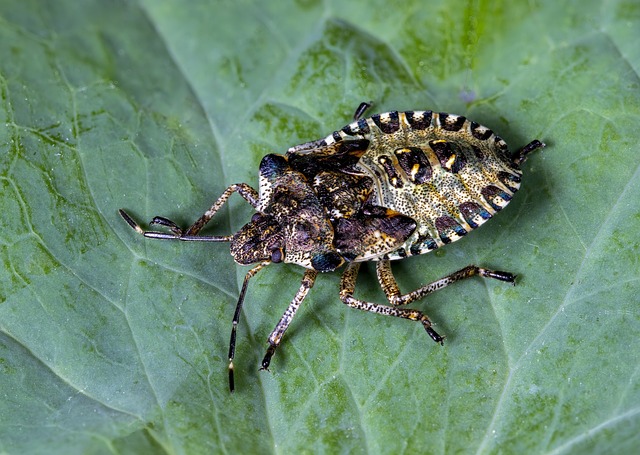
In recent years, educational institutions have faced challenges with pest infestations, necessitating the intervention of professional pest control services. One exemplary case study is that of a mid-sized university which experienced recurring issues with rodent populations. The institution partnered with a specialized pest control service to conduct a thorough assessment of the campus environment, identifying entry points and areas conducive to pest activity. Through an integrated pest management (IPM) approach, the service implemented preventative measures such as sealing entry points, modifying waste disposal practices, and implementing regular monitoring. This proactive strategy not only resolved the immediate issue but also significantly reduced future occurrences. Another case involves a primary school located in an urban area with a history of termite activity. The pest control service deployed advanced detection technologies to pinpoint infestations within the school’s infrastructure. By utilizing targeted treatments and long-term monitoring, the service effectively managed the termite population, ensuring the safety and integrity of the school’s facilities. These interventions underscore the importance of partnering with knowledgeable pest control services in educational settings, demonstrating that with strategic planning and ongoing management, pests can be successfully controlled, thereby maintaining a safe and healthy learning environment for students and staff alike.
Effective pest management is a multifaceted endeavor that hinges on a deep understanding of pest behavior. By leveraging the insights provided by professional pest control services, individuals and organizations can enhance their knowledge and implement targeted strategies to manage these creatures sustainably. The primers offered in this article underscore the importance of identifying common pests and their patterns, which is crucial for successful intervention. Through monitoring, detection, and adopting an Integrated Pest Management approach, we can achieve long-term control without compromising health or the environment. Case studies from educational settings further demonstrate the efficacy of such collaborative efforts with professional pest control services, highlighting their role as educators and problem solvers in maintaining safe and healthy environments. Understanding pests is the first step towards managing them effectively; with the information presented here, stakeholders are now better equipped to address these challenges proactively.
